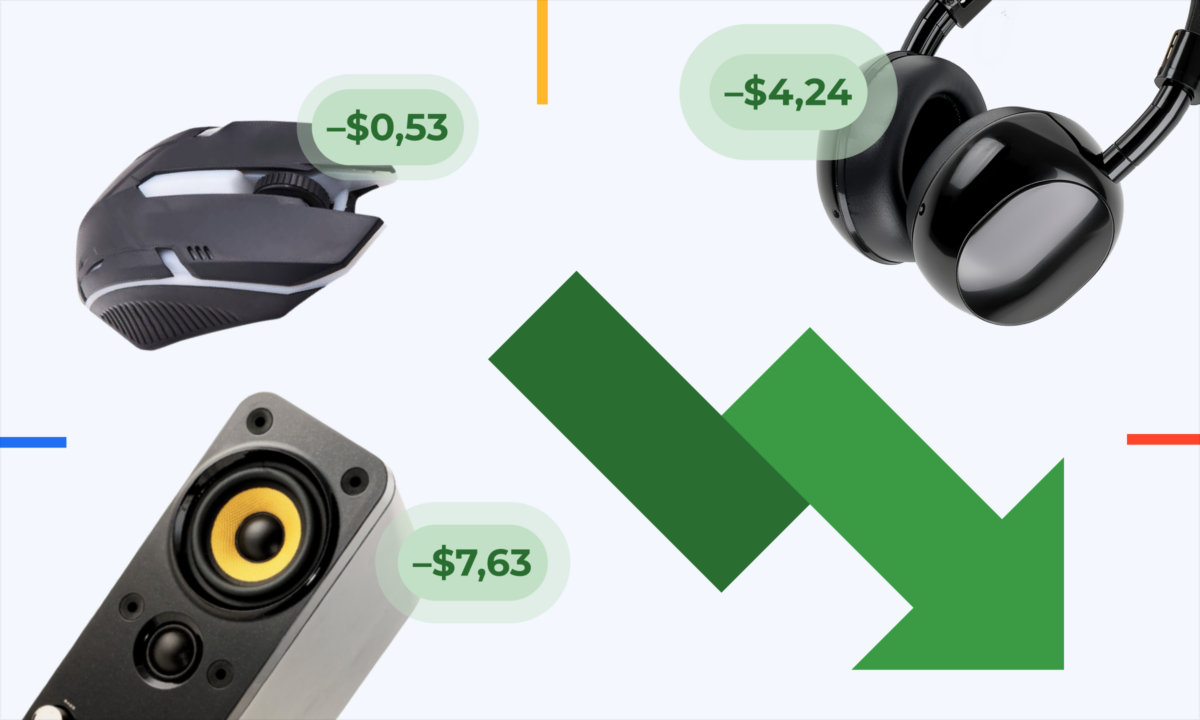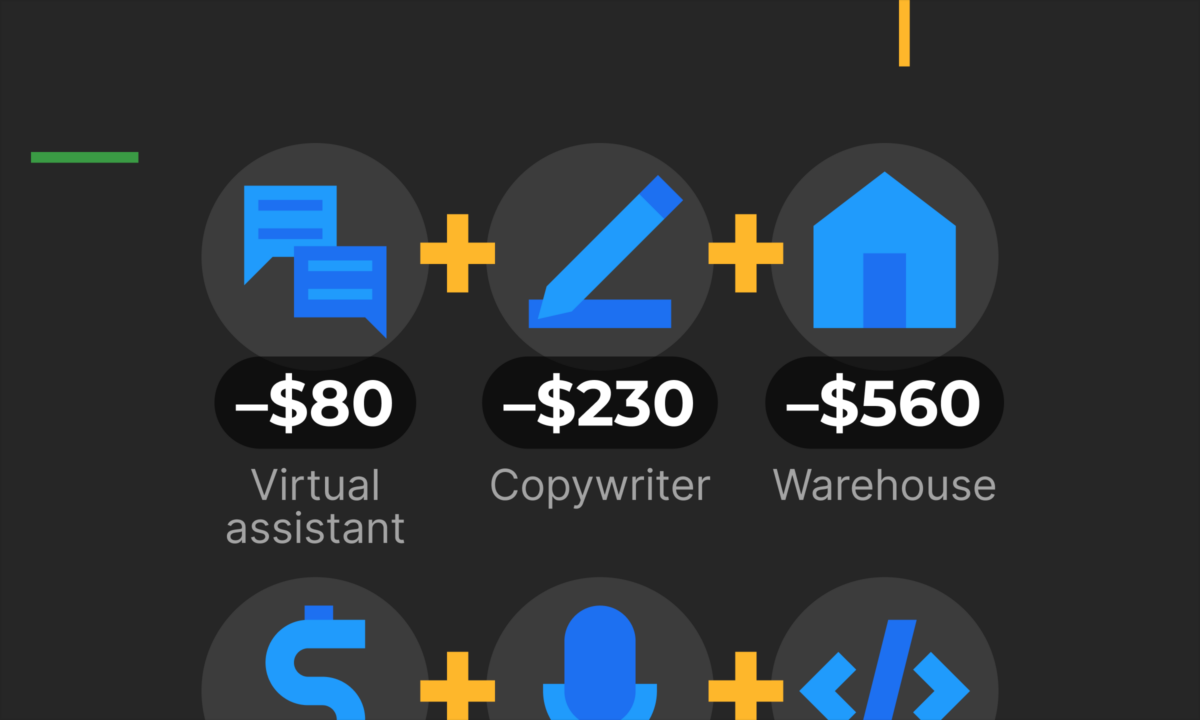Returns are inevitable in eCommerce, but they don’t have to erode your profit margins. By understanding the refund cost structure and implementing effective strategies, you can minimize their financial impact.
Here’s how:
Understand the cost structure
When a customer returns an item, Amazon’s refund process incurs several costs that sellers need to account for. These costs can significantly affect profitability if not managed properly. Here’s a breakdown of the key components of the refund cost structure and whether each element is refundable by Amazon:
- Refund administration fee: Amazon charges $5.00 or 20% of the referral fee, whichever is lower. (Not refundable)
- Referral fees: A percentage of the sales price, refunded minus the administration fee. (Partially refundable)
- Fulfillment fees: Non-refundable fees for picking, packing, and shipping. (Not refundable)
- Return shipping costs: Covered by Amazon for FBA items, but charged to the seller for seller-fulfilled items. (Not refundable for sellers)
- Storage fees: Monthly fees based on inventory volume, potentially increased by returned items. (Not refundable)
- Return processing fee: Applied to high-return rate products, excluding apparel and shoes. (Not refundable)
- Unsellable items: Costs for items that cannot be resold due to damage or other reasons. (Not refundable)
Key strategies to mitigate return costs
Improve product descriptions
Provide clear, concise, and accurate descriptions to match customer expectations and reduce returns. Include detailed specifications, high-quality images, and videos if possible.
Enhance quality control
Ensure products are thoroughly inspected and well-packaged to prevent damage during shipping. Implement quality checks at multiple stages of the fulfillment process.
Optimize customer service
Offer prompt and helpful customer service to address any concerns or questions before purchase. Use Buyer-Seller Messages to resolve issues quickly and avoid potential returns.
Monitor and analyze returns
Regularly review return data to identify patterns and underlying issues. Use tools like Amazon’s Return Insights to understand the reasons behind returns and adjust listings accordingly.
Utilize robust tracking systems
Implement software that tracks inventory discrepancies, returns, and shipment errors to catch issues early. Stay vigilant with Amazon’s reimbursement policies and claim submission timelines to ensure all potential claims are captured.
Offer returnless resolutions
For low-cost items, consider offering returnless refunds or replacements to avoid additional handling and shipping costs. This can improve customer satisfaction and reduce logistical expenses.
Case example: cost impact of returns
Imagine selling a wireless mouse on Amazon FBA for $40. The cost breakdown might look like this:
- Product cost: $20
- FBA fees: $10.30 (including pick-and-pack and referral fees)
- Shipping to Amazon: $1.80
- Storage fees: $0.90
Your profit per sale is $7.00. If the item is returned:
- Refund administration fee: $1.50
- Fulfillment fees: $3.00 (non-refundable)
- Potential loss: $4.50 per return
If the item is unsellable, you also lose the product cost ($20), significantly increasing the impact on your profitability.
Monitoring your refunds with sellerboard
sellerboard, a profit analytics software for Amazon sellers, can help you monitor your refunds effectively. It tracks refunds and includes the refund cost structure in profit calculations, provides insights into refund reasons, and shows the percentage of sellable refunds. This comprehensive overview enables you to make data-driven decisions to minimize the impact of returns on your profitability.
Final thoughts
Returns can be a significant drain on your Amazon business’s profitability, but with careful management and strategic planning, you can minimize their impact. Focus on improving product accuracy, quality control, and customer service to reduce the likelihood of returns. Regularly monitor return data to make informed decisions and optimize your processes. By staying proactive and vigilant, you can protect your profit margins and maintain a healthy Amazon business.



